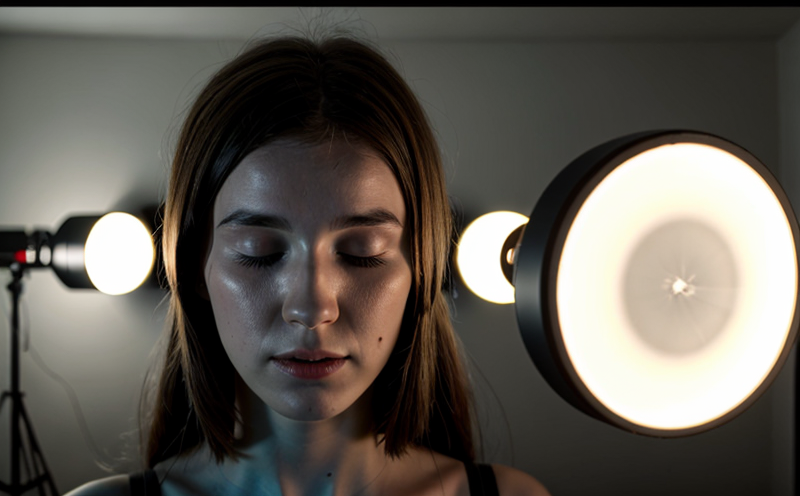CIE 199 Flicker Testing of LED Lighting Systems for Visual Comfort
The CIE 199 standard provides a method to measure and evaluate the flicker characteristics of light sources, including LED lighting systems. This testing is essential for ensuring visual comfort and preventing potential discomfort or adverse effects on human health caused by fluctuating light levels.
LEDs are widely used in various applications such as residential lighting, commercial buildings, transportation, and outdoor installations. Due to their inherent switching characteristics, LEDs can cause flicker when driven at certain frequencies. Flicker is defined as the perceptible variation in the intensity of a light source over time. It can be caused by the modulation of the current or voltage supplied to the LED driver.
The CIE 199 standard specifies test procedures and acceptance criteria for determining whether an LED lighting system meets the requirements for visual comfort. The testing is performed using specialized equipment that simulates real-world conditions, allowing for accurate measurement of flicker levels under different environmental parameters such as ambient light, temperature, and viewing angle.
The primary goal of CIE 199 testing is to ensure compliance with international standards such as ISO, IEC, and EN. This ensures that the lighting systems are safe, reliable, and meet the expectations of end-users. Compliance with these standards can also reduce liability risks for manufacturers and promote brand reputation.
The test setup typically involves a flicker measurement device connected to an LED light source. The device measures the intensity variations over time and calculates the flicker index (FI), which is a dimensionless number that indicates the severity of flicker. A lower FI value indicates better visual comfort and less likelihood of discomfort or adverse effects.
The testing process involves several steps, including specimen preparation, equipment setup, data acquisition, and analysis. Specimen preparation may include cleaning the LED light source and ensuring it is securely mounted in the test fixture. Equipment setup includes connecting the flicker measurement device to the LED driver and setting up the test parameters such as frequency range and measurement duration.
Data acquisition involves recording the intensity variations over time, while analysis focuses on calculating the flicker index using appropriate algorithms. The results are then compared against the acceptance criteria specified in CIE 199. If the flicker index falls below the acceptable threshold, the LED lighting system is considered to meet the requirements for visual comfort.
Understanding and complying with international standards like CIE 199 can be crucial for manufacturers, quality managers, compliance officers, R&D engineers, and procurement professionals. It ensures that products meet the highest safety, reliability, and performance standards while promoting trust among consumers and regulatory authorities.
- Benefits: Ensures visual comfort, prevents discomfort or adverse effects on human health, meets international standards, reduces liability risks, promotes brand reputation.
- Environmental and Sustainability Contributions: Promotes the use of energy-efficient LED lighting systems, reduces energy consumption, supports sustainable practices in the lighting industry.





